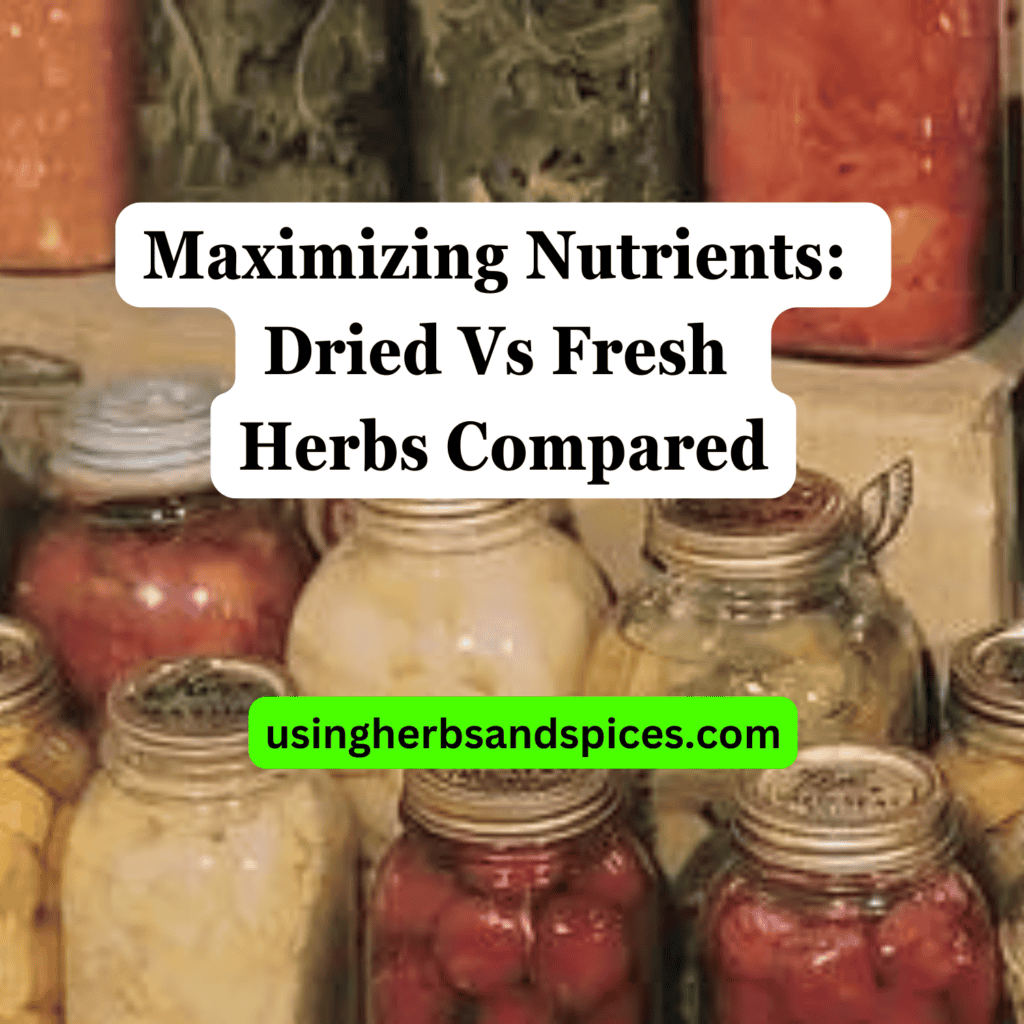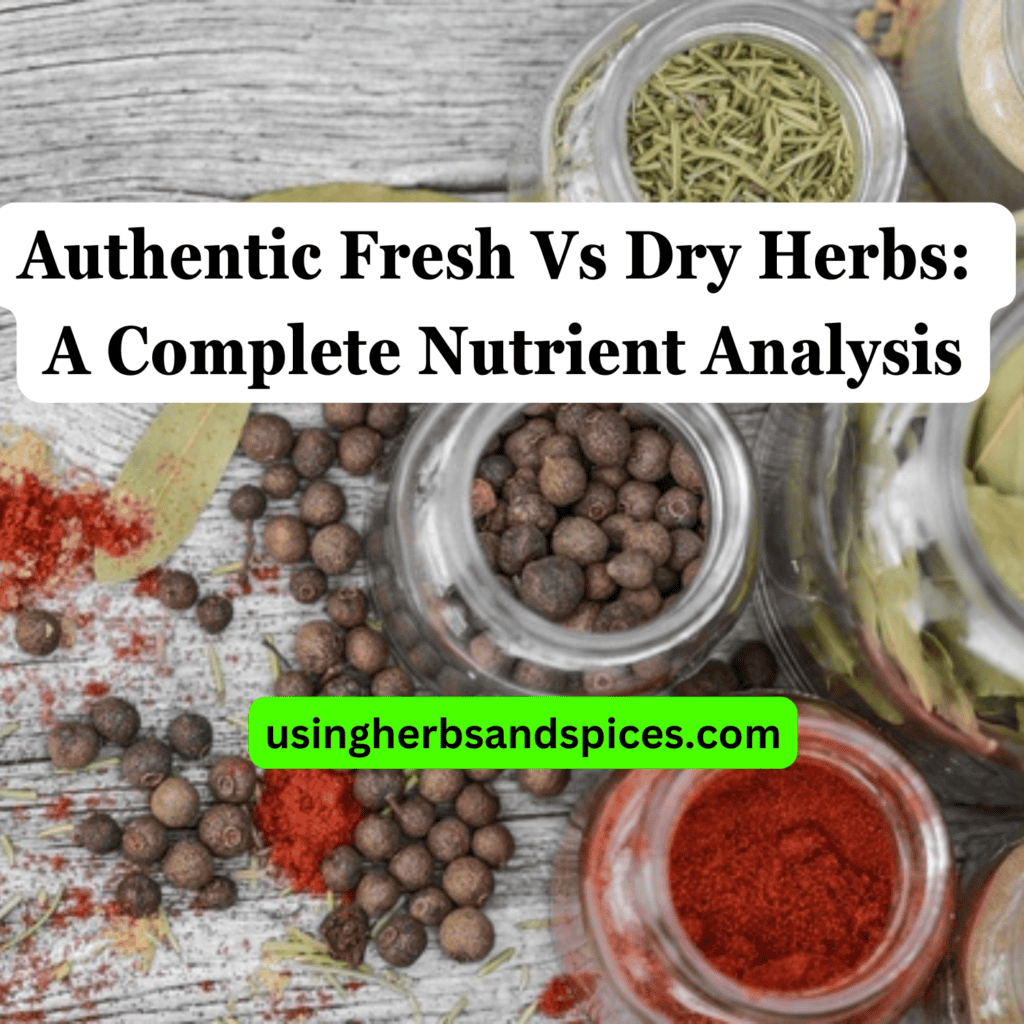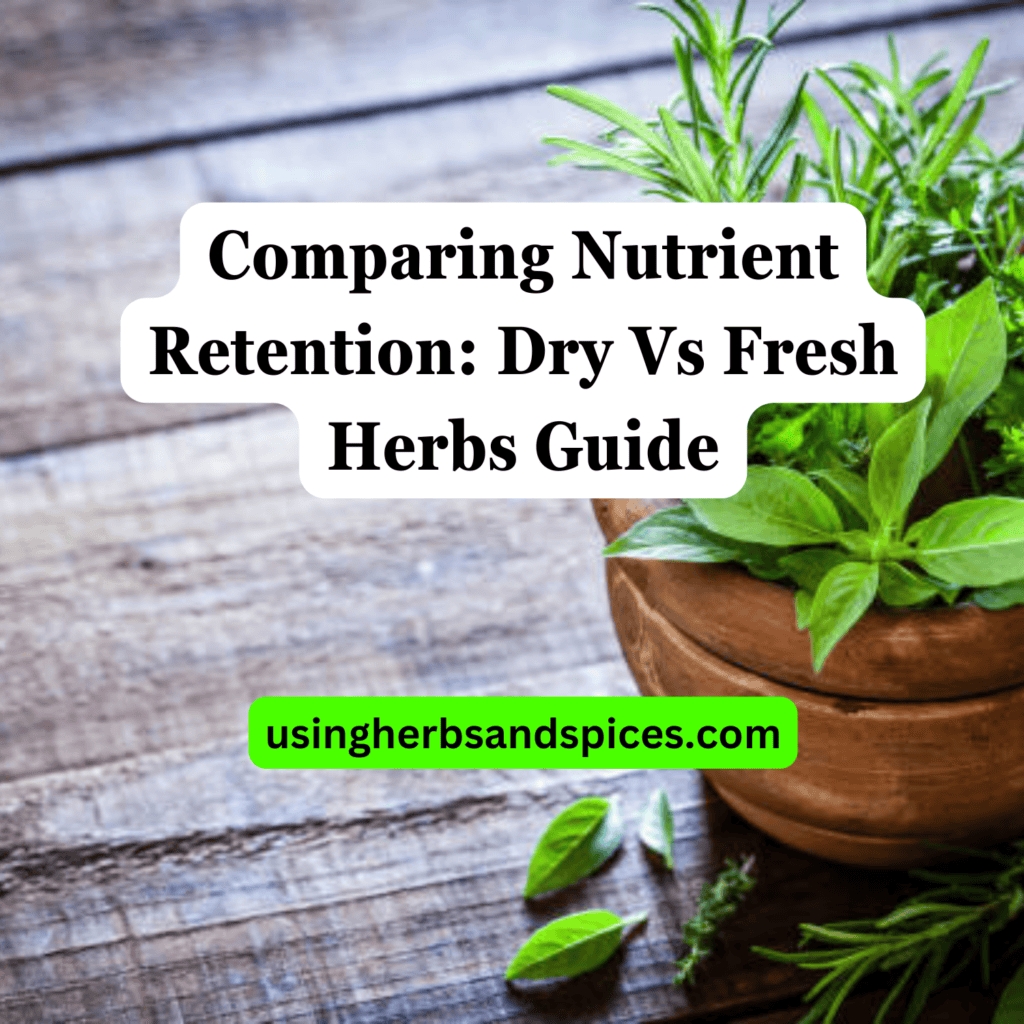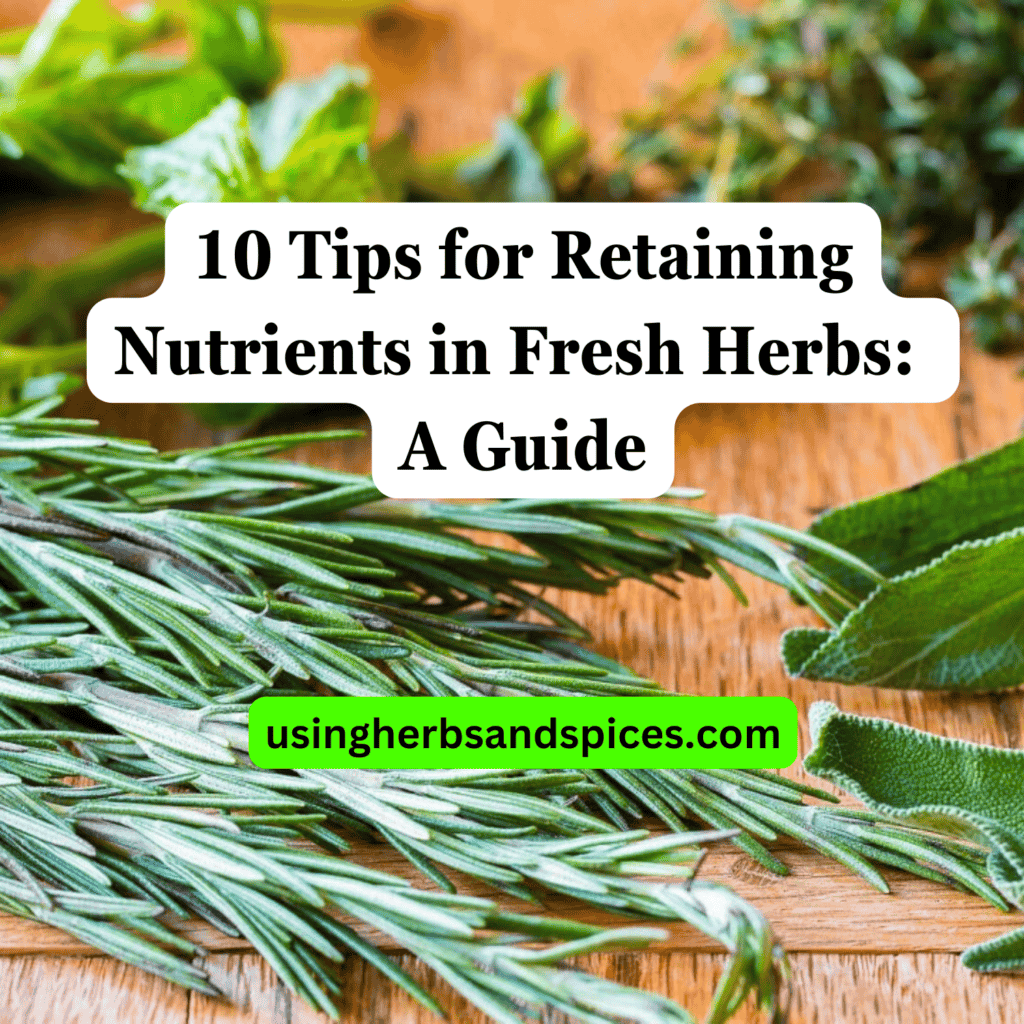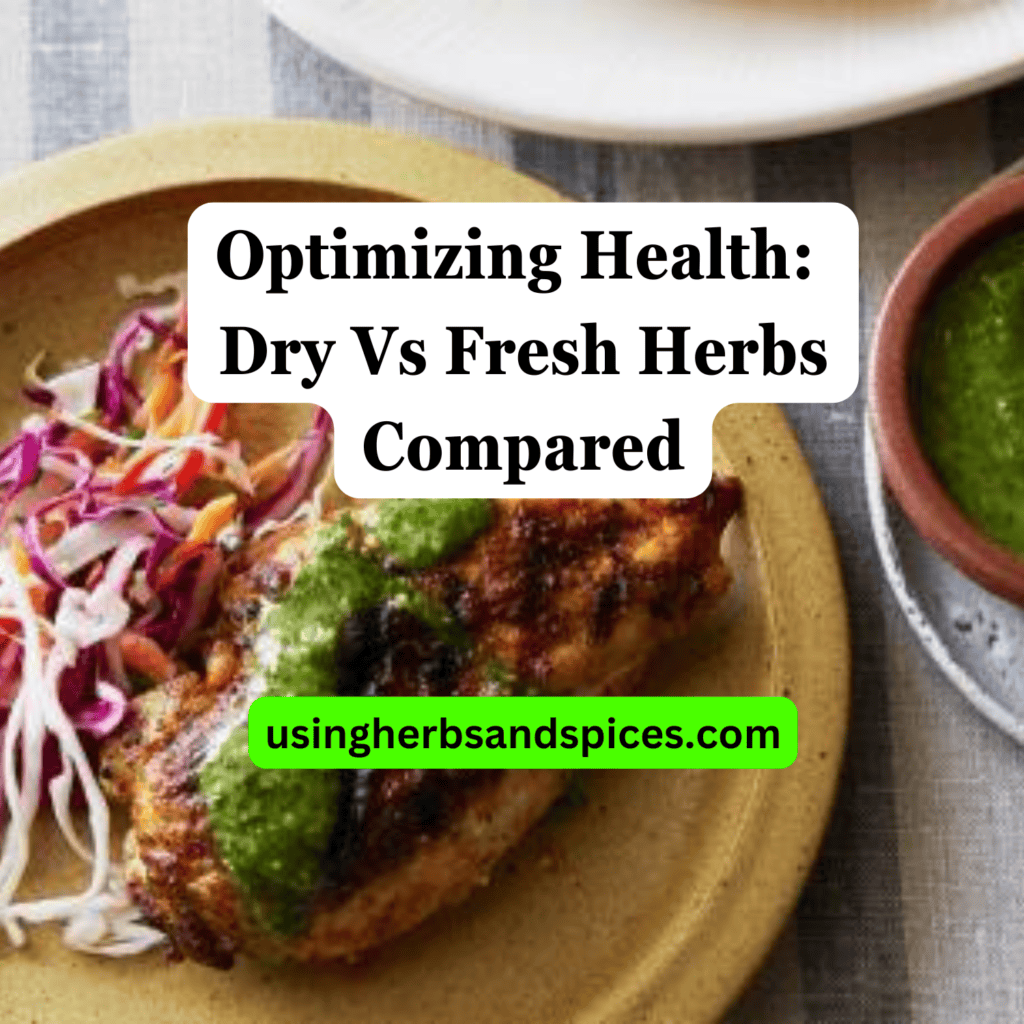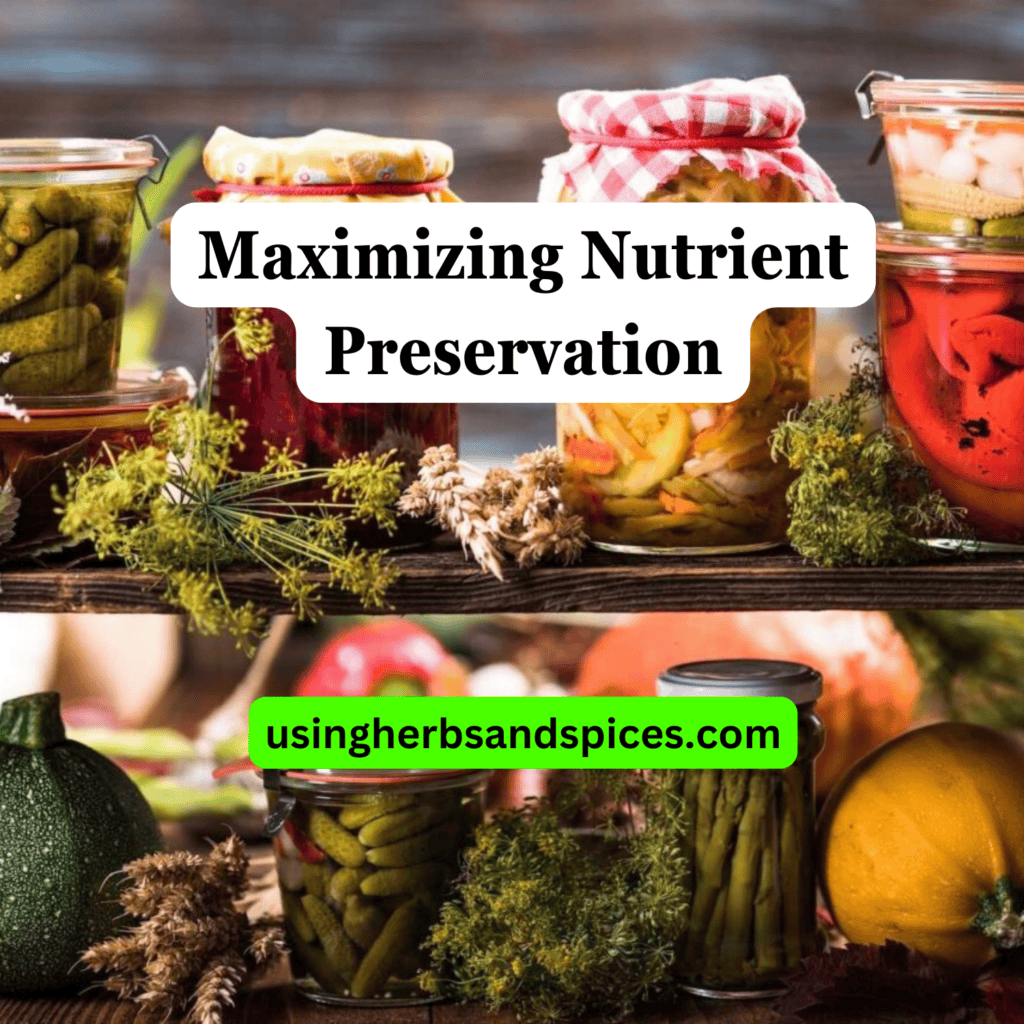SUMMARY: Fresh herbs pack more nutrients but lose some when dried, yet drying can make some magical properties more concentrated. Choosing between fresh and dried depends on your needs, storage options, and the specific magic you’re aiming to achieve.
Struggling to decide between fresh and dried herbs for your magical practice?
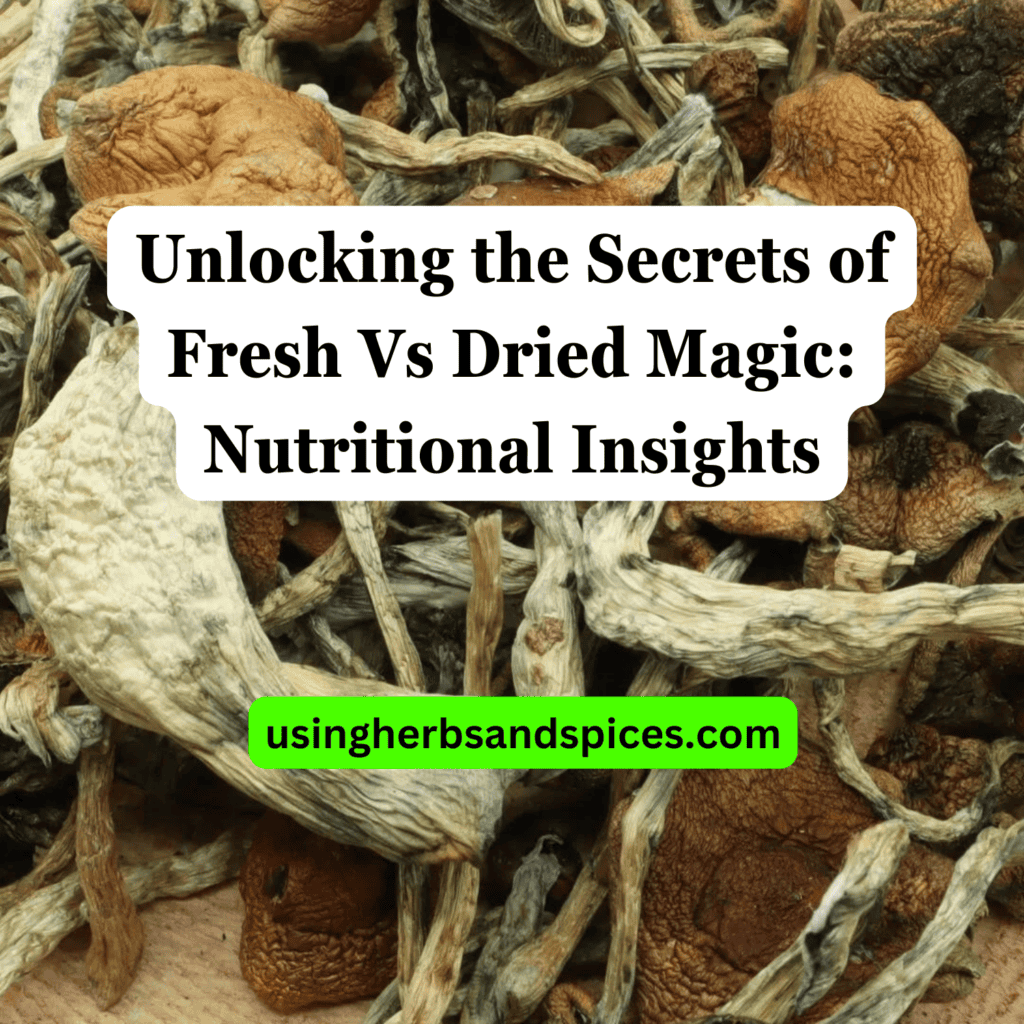
You’re not alone in this quest for potency and efficacy.
- Understanding the Basics: Fresh vs. Dried Herbs
- The Nutritional Debate: Do Dried Herbs Lose Nutrients?
- Comparing Efficacy: The Impact on Magic
- Making the Right Choice for Your Practices
Continue reading to discover how to unlock the secrets of fresh vs dried magic and make choices that align with your needs and beliefs.
Understanding the Basics: Fresh vs. Dried Herbs
Embarking on a journey through the realms of herbal lore requires a fundamental grasp of the materials at our disposal: fresh and dried herbs. The distinction between these two forms is more than just moisture content; it’s a question of vibrancy, potency, and tradition. Fresh herbs are celebrated for their robust flavors and potent magical energies, often used immediately after harvest to capitalize on their vitality. On the other hand, dried herbs offer longevity and convenience, their uses steeped in historical practices that understood how to preserve the essence of the plant’s power. The process of drying aims to minimize moisture, thereby extending shelf life and concentrating the essential oils that carry both the herb’s flavor and its magical attributes. However, this method is not without its trade-offs, as the drying process can also lead to the diminution of certain volatile compounds and nutrients. As we delve deeper into this comparison, it’s essential to keep in mind that the choice between fresh and dried herbs can significantly impact the effectiveness of your magical and culinary endeavors.
The Nutritional Debate: Do Dried Herbs Lose Nutrients?
The question of whether drying herbs leads to a significant loss of nutrients is met with various perspectives from nutrition experts and food scientists. The general consensus, however, acknowledges that while some nutrients are inevitably diminished during the drying process, dried herbs can still be a potent source of vitamins, minerals, and antioxidants.
Specifically, heat-sensitive compounds such as vitamin C and certain B vitamins may be reduced through drying. However, minerals like iron, calcium, and magnesium, as well as phytonutrients, often remain intact or are present in higher concentrations in dried herbs due to the reduction in water content. This concentration effect can sometimes make dried herbs appear more potent in certain nutritional aspects than their fresh counterparts.
Another factor to consider is the method of drying. Air drying at room temperature, dehydrating with minimal heat, or freeze-drying can preserve nutrients more effectively than oven-drying at high temperatures. The length of time the herbs are exposed to heat and the intensity of the heat source are pivotal in determining the degree of nutrient retention or loss.
Given these nuances, it’s essential to weigh the benefits of using dried herbs, such as their extended shelf life and heightened flavor profile, against the potential decrease in certain nutrients. For those concerned with nutrient preservation, incorporating a mix of fresh and dried herbs into the diet can provide a balanced approach to enjoying their health benefits.
Comparing Efficacy: The Impact on Magic
The mystical potency of herbs, often encapsulated in their aroma, essential oils, and phytochemicals, can be influenced by the drying process. Historical frameworks and traditional practices suggest a reverence for fresh herbs due to their vibrant energies and maximum potent essences. However, examining the impact of drying on an herb’s magical properties requires a nuanced understanding.
In traditional witchcraft and herbal medicine, the belief is that drying an herb slowly and at low temperatures helps in preserving not just its physical nutrients but also its spiritual essence. Anecdotal evidence and practices passed down through generations uphold the idea that dried herbs can retain, or in some cases, amplify their magical attributes. This is often attributed to the concentration of essential oils and active compounds during the drying process.
Scientific research into the area of phytochemistry supports the notion that essential oils and other bioactive compounds in herbs do indeed concentrate upon drying. This concentration could enhance the herb’s magical efficacy in rituals, spellwork, or meditative practices focusing on healing, protection, or love spells. For example, sage, when dried, is believed to have a more profound ability to cleanse spaces of negative energies compared to its fresh counterpart.
Furthermore, the ritual of drying herbs itself can be seen as an act of infusing magical intention into the botanicals, a practice deeply rooted in folklore. This ideation supports the belief that the method of preparation—whether herbs are fresh or dried—plays a significant role in defining the efficacy of magical practices.
Despite these insights, the perception of potency in fresh versus dried herbs varies among practitioners. Some purport that fresh herbs, with their immediate life force, are more powerful for certain types of magic that rely on “living energy”. This distinction highlights the importance of intentionality and personal beliefs in the practice of magic with herbs.
Ultimately, the decision to use fresh or dried herbs for magical practices comes down to the practitioner’s preferences, the nature of the ritual or spell, and the specific attributes of the herbs involved. Both forms can hold significant magical potency, and understanding the nuances between them allows for more informed and meaningful application in spiritual practices.
Making the Right Choice for Your Practices
Choosing between fresh and dried herbs is a nuanced decision that depends on a myriad of factors including the practitioner’s specific needs, the availability of the herbs, cost considerations, and personal belief systems. To ensure you’re making the most out of your herbs, both in terms of their magical and nutritional properties, consider the following guidelines:
First, assess the intention behind your use. Fresh herbs, with their vibrant energies, might be more fitting for rituals or spells that require a strong, lively essence. On the other hand, dried herbs, which are often more concentrated and can be stored for longer periods, could be preferable for practices that call for deep, enduring power.
Availability plays a critical role as well. Depending on your location and the season, you might find that fresh herbs are not always accessible. Dried herbs offer a practical alternative, with the added benefit of longevity, ensuring you have the necessary materials at hand whenever you need them.
Cost is another crucial consideration. Fresh herbs can be more expensive and perish quickly, while dried herbs, being more concentrated, can be used in smaller quantities and stored for an extended period, offering better value over time.
When it comes to storage, both fresh and dried herbs require specific conditions to maintain their potency. Fresh herbs should be used as quickly as possible or stored in a refrigerator, ideally in water, to keep them lively. Dried herbs, on the other hand, should be kept in airtight containers away from direct sunlight and moisture to preserve their magical and nutritional quality.
Ultimately, the choice between fresh and dried herbs is highly personal. By considering these factors, you can select the best option to enrich your magical practices and nutritional experiences. Remember, the most powerful magic often comes from a place of intuition and personal connection to your ingredients, whether they bloom fresh from the earth or are preserved with care.
Nutritional and Magical Insights
In this journey of uncovering the nuances between fresh and dried herbs, we’ve delved into various aspects that influence their nutritional and magical properties.
- Fresh herbs often boast higher nutrient density, yet dried herbs retain their essential qualities, making them a viable, concentrated alternative.
- Scientific insights reveal that while drying herbs can affect their nutrient composition, the degree of nutrient loss varies, and many herbs still maintain significant health benefits when dried.
- The magic of herbs, both fresh and dried, is rooted in tradition and empirical evidence, showing that both forms can be potent depending on the application and intent.
- Choosing between fresh and dried herbs depends on multiple factors, including intended use, availability, personal preferences, and practical considerations like storage and cost.
Understanding the distinct qualities and applications of fresh versus dried herbs empowers us to make informed decisions that align with our nutritional needs and magical practices. As we continue to explore and embrace the diversity of the plant kingdom, let’s appreciate the unique contributions of both fresh and dried herbs to our health and well-being.
Unlocking the Secrets of Fresh Vs Dried Magic FAQs
Do all herbs lose the same amount of nutrients when dried?
Not all herbs lose nutrients at the same rate when dried. The amount of nutrients retained or lost during the drying process can vary significantly among different herbs due to factors such as the drying method used, the specific nutrients in question, and even the herb’s natural resilience. Proper drying techniques can help preserve more nutrients, making dried herbs still a nutrient-rich option for many uses.
Can the way herbs are dried affect their nutrient content?
Yes, the method by which herbs are dried can significantly impact their nutrient content. Techniques ranging from air drying at room temperature to using a dehydrator can affect the speed and uniformity of drying, potentially preserving more of the herbs’ original nutritional value. Sun drying, although traditional, may lead to higher nutrient loss compared to shade drying or using a dehydrator, which provides more controlled conditions.
How should dried herbs be stored to preserve their magic and nutrients?
Dried herbs should be stored in airtight containers away from direct sunlight, heat, and moisture to best preserve their nutrients and magical properties. Glass jars with tight-fitting lids, stored in a cool, dark place like a pantry or cabinet, are ideal. Proper storage can significantly extend the potency and effectiveness of dried herbs, keeping them vibrant for use in various applications.


